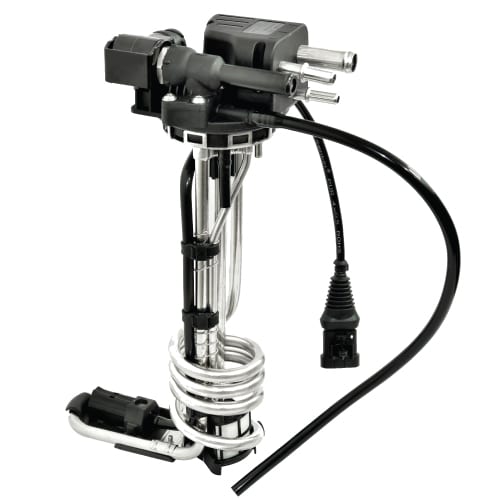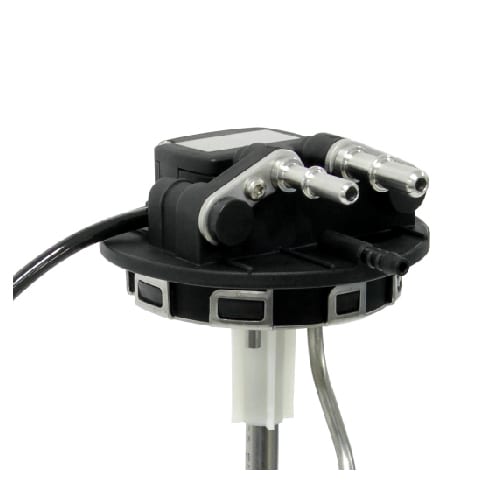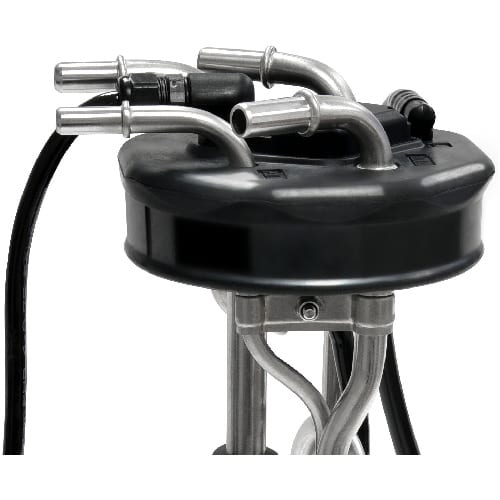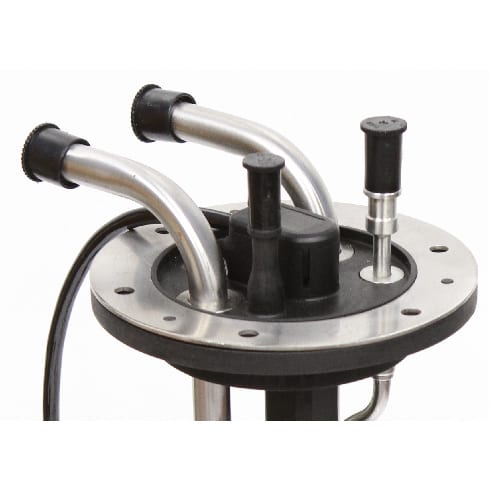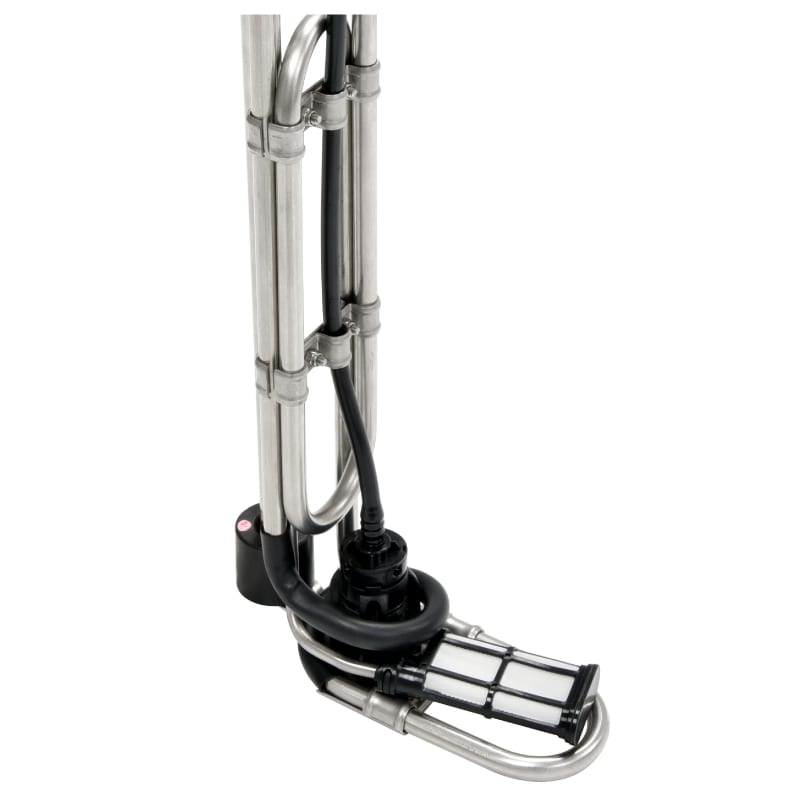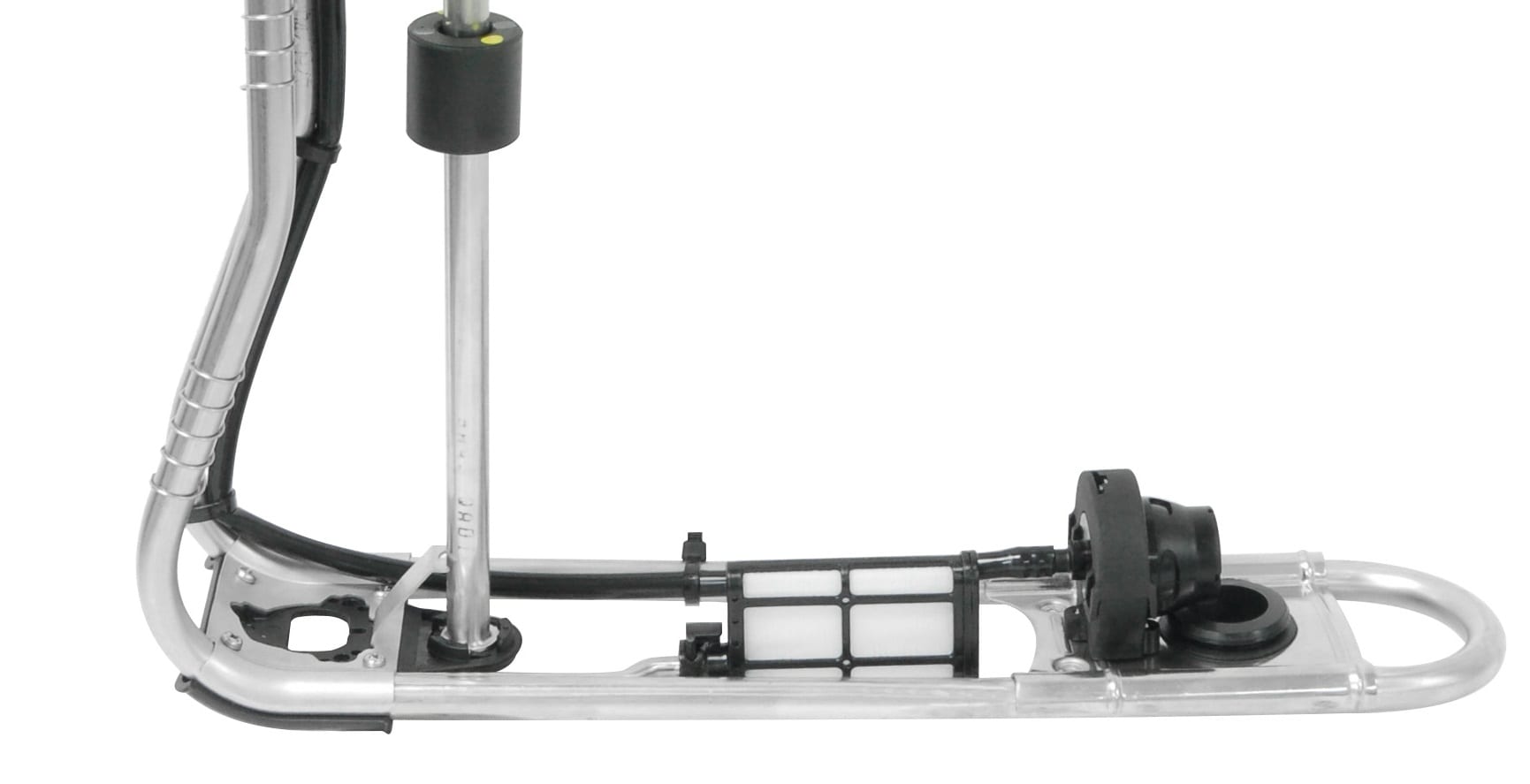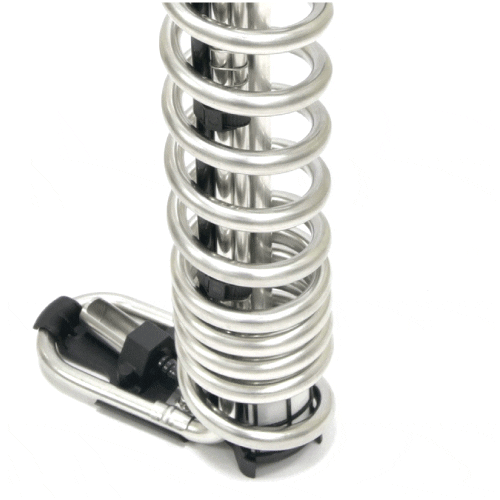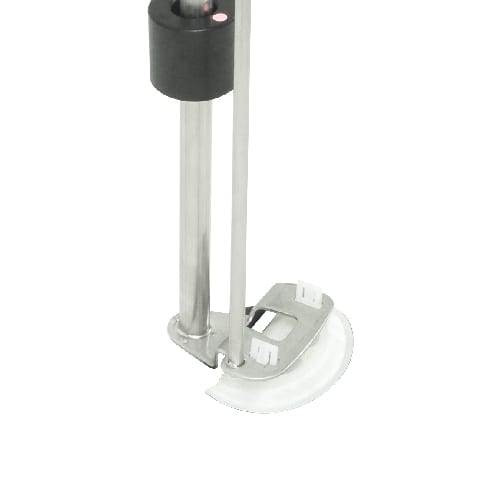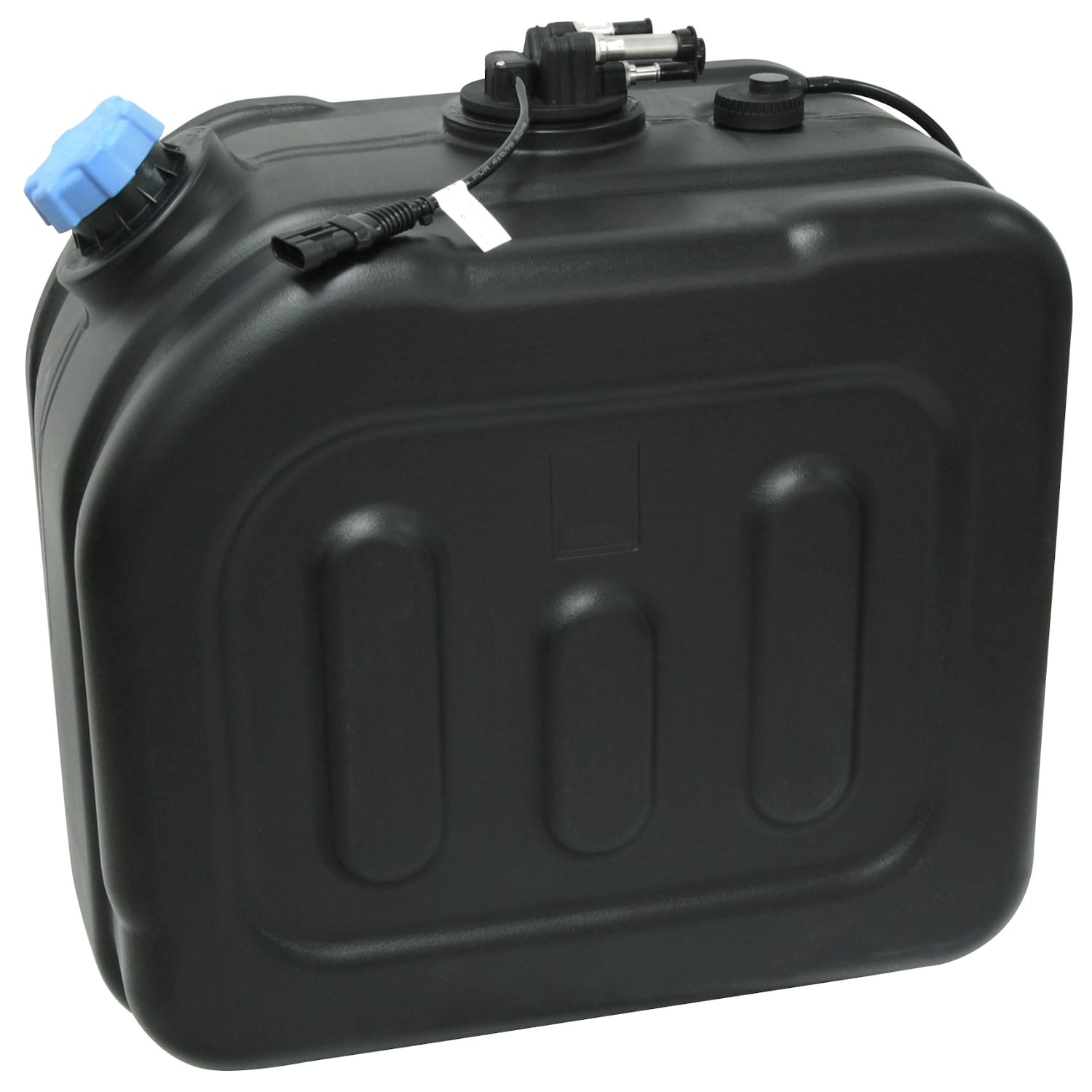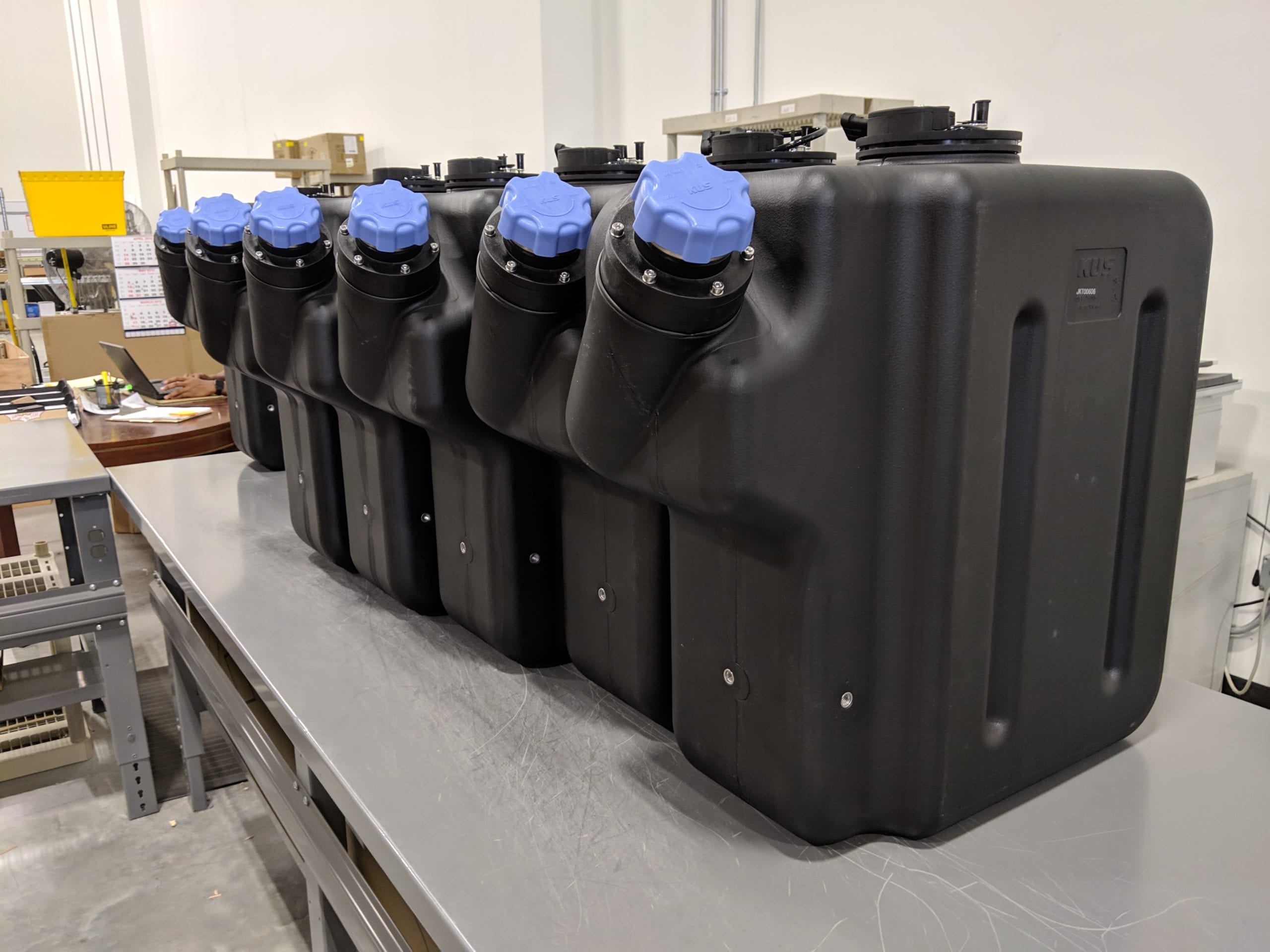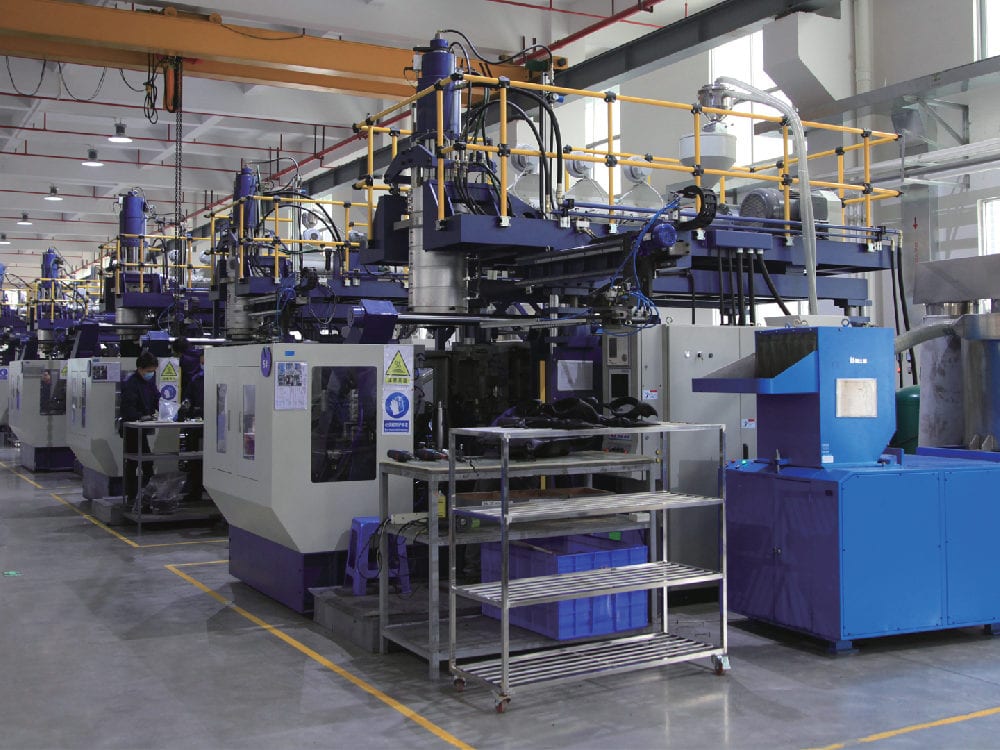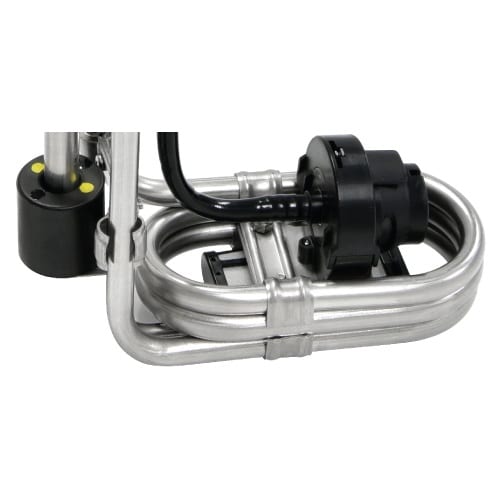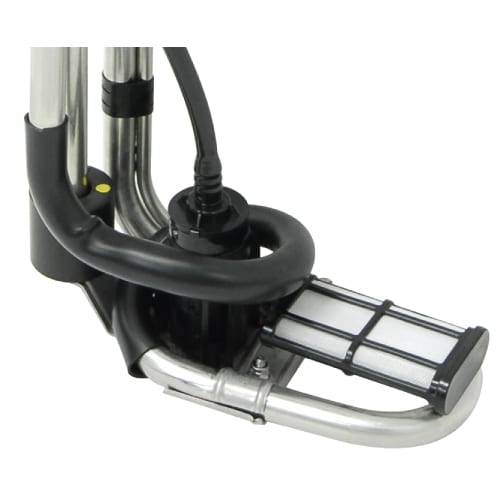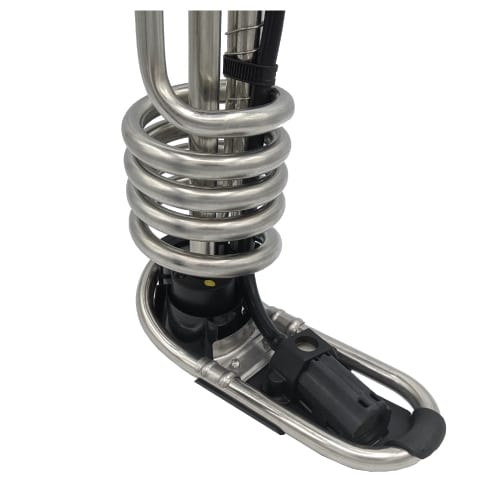ExhaustAftertreatment
International standards call for highly effective exhaust after-treatment systems in order to mitigate the environmental impact of diesel engine emissions globally. The Selective Catalytic Reduction (SCR) system is one of the exhaust after-treatment systems adopted by vehicle and engine manufacturers to reduce emissions pollutants such as NOx (generic term for NO, nitric oxide, and NO2, nitrogen dioxide) from the engine exhaust gas.
Diesel Exhaust Fluid (DEF), or AdBlue, is a 32.5% urea, or aqueous ammonia solution, that is injected into the SCR system to convert NOx into harmless H2O and N2.
Since 2003, KUS has been working with global exhaust after-treatment system integrators, vehicle and engine OEMs to design and manufacture components for the SCR system in accordance with ISO 22241 standards in order to meet emission laws and regulations.
DEF Level Sensors
As one of the most capable designer and manufacturers of the DEF Level Sending Unit, KUS understands the importance of the level sending unit’s reliability, accuracy, and durability.
The DEF Level Sending unit integrates liquid level and temperature measurement functions, as well as a heating function utilizing the engine’s coolant. There is also an option to specify a urea quality sensor, which measures the quality, or concentration level of the urea solution, so as to ensure proper operation of the SCR system.
When selecting the most appropriate DEF Level Sending Unit for your application, there are two design functions that should be considered: the way the DEF Level Sending Unit mounts to the tank, and the coolant heading tube body form factor.
Mounting Head Options
Heating Tube Body Forms
No Heating
In regions where the climate does not get cold enough for the DEF to freeze, there is no need for heating coils. KUS offers DEF level senders with only level detection, DEF suction and return. This provides a cost-effective solution for DEF level senders without the added costs of the heating tubes.
DEF Tank and Custom Tank Assembly Solutions
KUS is in the unique position of being the only manufacturer of both the DEF Tank and DEF Level Senders currently on the market. This means we are able to engineer, design and validate DEF Tanks and Level Senders concurrently.
KUS’s engineering and design team have more than 10 years of experience designing custom DEF Tank and Total Tank Assemblies for SCR system integrators, vehicle OEMs, and engine OEMs across the USA, Europe, Russia, India, and China.
The Total Tank Assemblies are engineered and designed for the SCR systems according to ISO 22241 standards.
- The DEF Tank is constructed out of high-density polyethylene (HDPE) through a blow molding process.
- The DEF Level Sender measures the temperature and fluid level in the tank.
- There is an option to specify in a quality sensor which measures the quality, or concentration level of the urea solution, so to ensure proper operation of the SCR system.
In addition to custom solutions, KUS is now offering standard ready-to-market DEF Total Tank Assemblies ranging from 16L to 80L.
DEF Tank Assembly Customization Options
You can customize DEF tanks to get the most out of your equipment. By using a custom DEF tank, your engineering team will have greater flexibility when designing products. There are several ways to customize DEF tanks. These options include:
- Creating DEF tanks in the exact dimensions your team requires.
- Stress-testing the DEF tank to your specifications.
- Building specialized signal systems. These can be analog or digital systems, for easier readings at a glance.
- Aesthetic changes. These changes can include custom colors, fonts, materials, backlights, or wire colorings. These changes can increase brand awareness.
DEF Quality Sensor
DEF Level Senders equiped with Urea Quality Sensor were developed for the increasing stringent emissions laws and regulations.
The urea quality sensor is used to accurately monitor the concentration and quality of the DEF solution, and alert the user if the solution deviates from the acceptable concentration range or if there are any contaminants in the DEF tank. DEF’s concentration is extremely important in enabling the SCR system to be able to perform effectively and accurately according to its specification.
KUS takes a modular approach by offering 3 type of Urea Quality Sensor. Our engineers will work with the customer in selecting the Urea Quality Sensor that best fit your application.
Optical (OQS)
Different concentration of DEF will have different refractive indices. By sending a beam of light through DEF and capturing where it lands on the CMOS, the OQS will be able to calculating the angle of refraction of light through the DEF and be able to determine the concentration of the DEF.
Heat Capacitance (SQS)
Different concentration of DEF will transfer heat at different rates. SQS measures the rate at which it takes to heat up a small amount of DEF in a chamber to determine its thermal coefficient, and therefore calculate the concentration of the DEF.
Ultrasonic (TQS)
Ultrasonic wave will travel and propagate through different medium and concentration of liquid at different speed. By using a fixed distance, and calculate the time it takes for the ultrasound wave to make a round-trip in the DEF, we can determine the concentration of the DEF solution.


